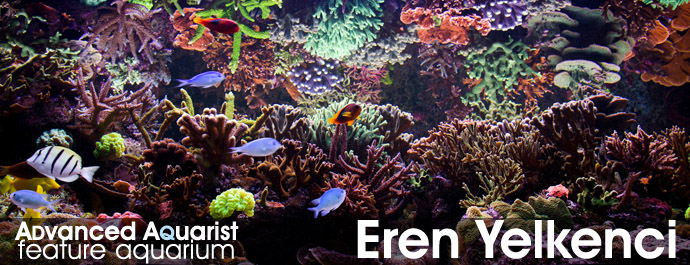
Editorial Note: This article was edited for clarity. Advanced Aquarist believes it is important to present diverse husbandry of successful aquariums from around the world but does not endorse all the techniques of our featured aquariums. Always research and carefully plan before attempting to replicate any system.
Aquariums have been a hobby of mine for over 10 years, but let it be known my interest with reef aquariums have a much more important place in my life. My even older interest in photography combined with my interest in this hobby makes it really worth the time. My house is filled with guests from far away and very different worlds. The successful husbandry of these reef species bears witness to the activities and behavior of a man with dedication. Of course, that is our responsibility as their host, with the most important task of making our guests comfortable.
It is a necessity in this hobby to ensure a suitable environment for all living things. This requires serious knowledge and experience. From the first day, I spent most of my time researching this subject. With each passing day, I am excited to learn something new to apply and implement.
This is my third reef aquarium after two previous attempts. As with every new build, my planning and design for this tank is based on my previous live experiences. I have considered past problems and applied convenient methods to address many issues.
I started my latest project on the 30th of July 2010 and put the first water in the tank on the 29th of October 2010. After the start of the system, I waited approximately 2 months until the aquarium hosted its first guest. This process formed the basis of the system to grow a suitable biological environment while I made the necessary arrangements to follow all the controlled design factors.
Equipment
General Tank Information
In order to use T5 lighting on a big tank, I designed the most suitable tank dimensions that could be lit with 80W fluorescents. T5 lighting was a decisive factor for my tank height.
Because I wanted a SPS-weighted and a mixed reef aquarium, I attached a frag tank to system. I made the refugium completely for visual reasons because of my enthusiasm to care for some different species such as sea horses and pipefish.
- Starting Date: October 29, 2010
- Main Tank: 180 x 90 x 55 cm (71 x 36 x 22 inches)
- Sump: 90 x 70 x 40 cm (36 x 28 x 16 inches)
- Frag Tank: 70 x 45 x 35 cm (28 x 18 x 14 inches)
- Refugium: 25 x 25 x 35 cm (10 x 10 x 14 inches)
- Total Water Volume: 1100 liter (290 US Gallons)
Lighting
In my previous tanks, I used metal halide and LED fixtures. Based on my experience as well as my technical and visual sense, I thought I may be more successful using T5 lighting.
- 12 x 80W T5 (Main Tank)
- 6 x 24W T5 (Frag Tank)
- 1 x 24W PL (Refugium)
Circulation and Return Pumps
I considered stability, silence and efficiency to decide the circulation and return pumps. I conceal the wavebox and wavemaking devices to create a more natural view.
Circulation Pumps:
- 2 x Hydor Koralia 7 (Main Tank)
- 1 x Hydor Koralia 5 (Main Tank)
- 2 x Hydor Koralia 3 (Main Tank)
- 1 x tunze Wavebox 6212 (Main Tank)
- 1 x Seio Prop 1000 (Frag Tank)
Return Pumps:
- 1 x NewJet 6000 (Main Tank)
- 1 x NewJet 4500 (Main Tank, Chiller & Reactors)
- 1 x NewJet 3000 (Frag Tank & Refugium)
Dosing
I have preferred the balling method ever since my first reef tank and I’m very happy with it. I have never considered switching to other methods. In fact, over time I created my own balling formulas. ReeFlowers additives are produced using these formulas, and are used in Turkey and many countries by many hobbyist.
- Bubble Magus Dosing Pump (7 Pumps)
- DIY Kalkwasser Reactor
For the first time, I am using the kalkwasser to support the balling method. There are four reasons I use kalkwasser:
- I dose at night to minimize the fluctuations in pH between day and night.
- To reduce the amount of carbon dioxide in the water.
- To precipitate phosphate and heavy metals.
- It does not affect the ionic balance, only adding calcium directly and alkalinity indirectly.
Filtration
I thought about my aquarium’s filtration system to achieve two main fundamental goals. The most important is to provide oxygen, and this is done with a protein skimmer. The second is to support biological filtration, for which I use biopellets. I am also using activated carbon at the same time for possible chemical build-ups,. I don’t use any mechanical filtration methods.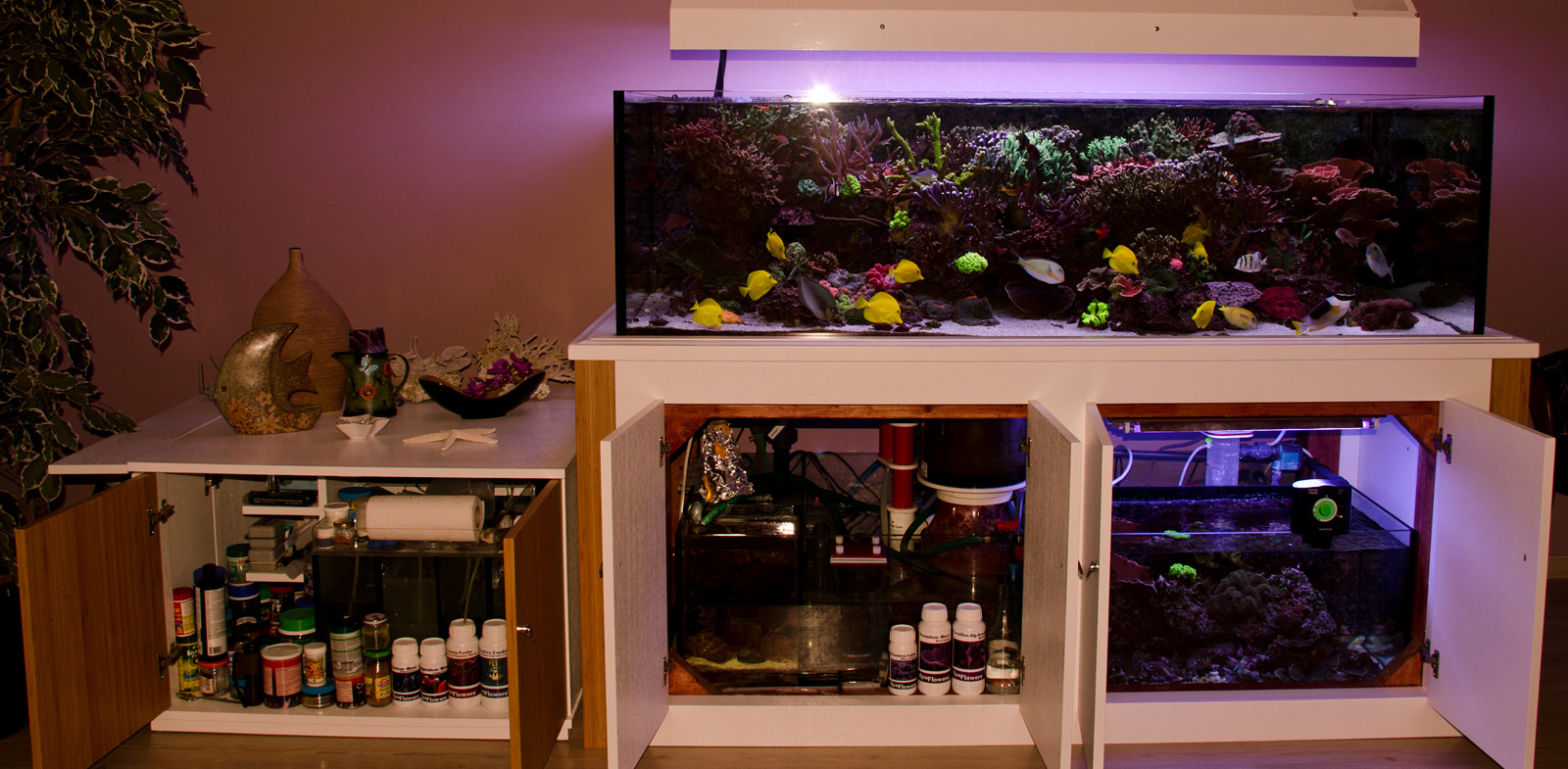
- Bubble King Deluxe 250 Internal Protein Skimmer
- Biopellet Reactor
- Active Carbon Reactor
Temperature Control
I think for the most stable and reliable temperature, the heater and chiller should be integrated. For this reason, I have chosen a chiller with both heating and cooling functions in a single unit (Teco TC 20 Chiller). I set up the aquarium’s temperature for 26,5 C (79.7 F) in winter and 27,5 C (81.5 F) in summer.
Development of My Aquarium
I haven’t had any serious problems except for Aiptasia ever since installation until recently. I rescued the tank from Aiptasias with Chelmon butterfly .
In general, growth rate of my corals is fast until they make contact with other corals. Currently, all the corals in contact with each other are cut down a block. Corals also need pruning from time to time in order to see behind them.
Additives
I endeavor to simplify additives as much as possible. I do not add any extra additives manually. I only dose the balling additives, kalkwasser and salt. If I have find any decline in parameters as a result of my tests, I only use extra additive to normalize the lacking concentration.
- ReeFlowers kH Blend (with Dosing Pump)
- ReeFlowers Calcium Blend (with Dosing Pump)
- ReeFlowers Magnesium Blend (with Dosing Pump)
- ReeFlowers Ionic Balancer (with Dosing Pump)
- ReeFlowers Enriched Kalkwasser (Kalkwasser Reactor & Dosing Pump)
- Tropic Marin Salt
Feeding
I believe feeding is effective for fish health and also for coral growth. Despite feeding high amounts, my nitrate and phosphate values are still low and the coral growth is very fast. Of course, the growth must be controlled by water parameters, ionic balance, lighting, circulation, etc.
- New Life Spectrum Optimum Salt H2O
- New Life Spectrum Thera – A
- New Life Spectrum Marine Fish Formula
- New Life SpectruMax
- Ocean Nutrition Formula One
- Ocean Nutrition Formula One Flake
- Ocean Nutrition Formula Two
- Tetra Pro Vegetables
- Nutron Artemia
- Daphnia
- Krill
- Kelp Alg
- Blood Worm
- Spirulina
- Nori Seaweed
- Cyclop Eeze
- Preis Coral Energizer
- Brightwell ZooPlanktos-L
- Brightwell PhytoChrome
- Frozen Seafood (Caviar, Calamaris, Shrimp, etc.)
- Live Enriched Artemia
- Live PhytoPlankton
Water Parameters
I check salinity, alkalinity, calcium, magnesium, nitrate and phosphate weekly. For a more detailed analysis, I send a sample of tank water to the ReeFlowers Aquarium Laboratory monthly.
- Salinity – 34 ppt (Refractometer)
- Alkalinity – 8.5 dkH (Hanna Photometer)
- Calcium – 460 ppm (Tropic Marin)
- Magnesium – 1380 ppm (Tropic Marin)
- Nitrate – 1 ppm (Tropic Marin)
- Phosphate – 0,02 ppm (Hanna Photometer)
Periodic Maintenance
Periodic maintenance has been boring for me every time, cleaning glass, making test, cleaning the protein skimmer etc. For this reason, I try to find ways to facilitate maintenance work. For example, protein skimmer is connected to the waste water exit and I set up the daily waste collection 3 lt. In this way the skimmer throat is polluted lately and offset the increase in salinity caused by balling and automatically change the water every day is made. In addition, using the freshwater part, I can change 10% of water through valves and keys.
Weekly
- Control Water Parameters
- Clean glass
Monthly
- Replace activated carbon
- Clean filter for chiller
- Clean protein skimmer container
- Control of kalkwasser reactor
- Control of biopellet reactor
- Control of balling containers
- Perform 10% water change
- Send sample water to ReeFlowers Aquarium Lab (18 parameters tested)
Yearly
- Change T5 lamps
- Clean circulation & return pumps
- Clean protein skimmer
- Perform 20% water change
Livestock
We need to investigate the compatibility between species when creating our stocking list. In my earlier aquariums, I stayed up many nights to keep to trap aggressive species.
I think that fish excrement are also the most natural food source for corals, so I aimed to create a large fish population.
Fish
- Tomini Tang
- 9 x Chromis

- Clown Tang
- 4 x Scooter Goby
- Longnose Hawkfish
- 2 x Percula
- Midas Blenny
- 2 x Lopez’s Unicorn Tang
- 2 x Flame Hawkfish
- Spotted Mandarin
- 2 x Carpenter Wrasse
- 14 x Squammapinnis Anthias
- 3 x Dispar Anthias
- Jaguar Wrasse
- 2 x Banggai Cardinal
- 7 x Apogen Cardinal
- Scopas Tang
- 10 x Yellow Tang
- Lawnmower Blenny
- Orange Shoulder Tang
- 2 x Tuka Anthias
- Magnificient Foxface
- Convict Tang
- 2 x Fire Clownfish
- Chelmon Butterflyfish
- 2 x Banded Pipefish (at the Refigium)
Invertebrates
- 2 x Pink Reef Lobster
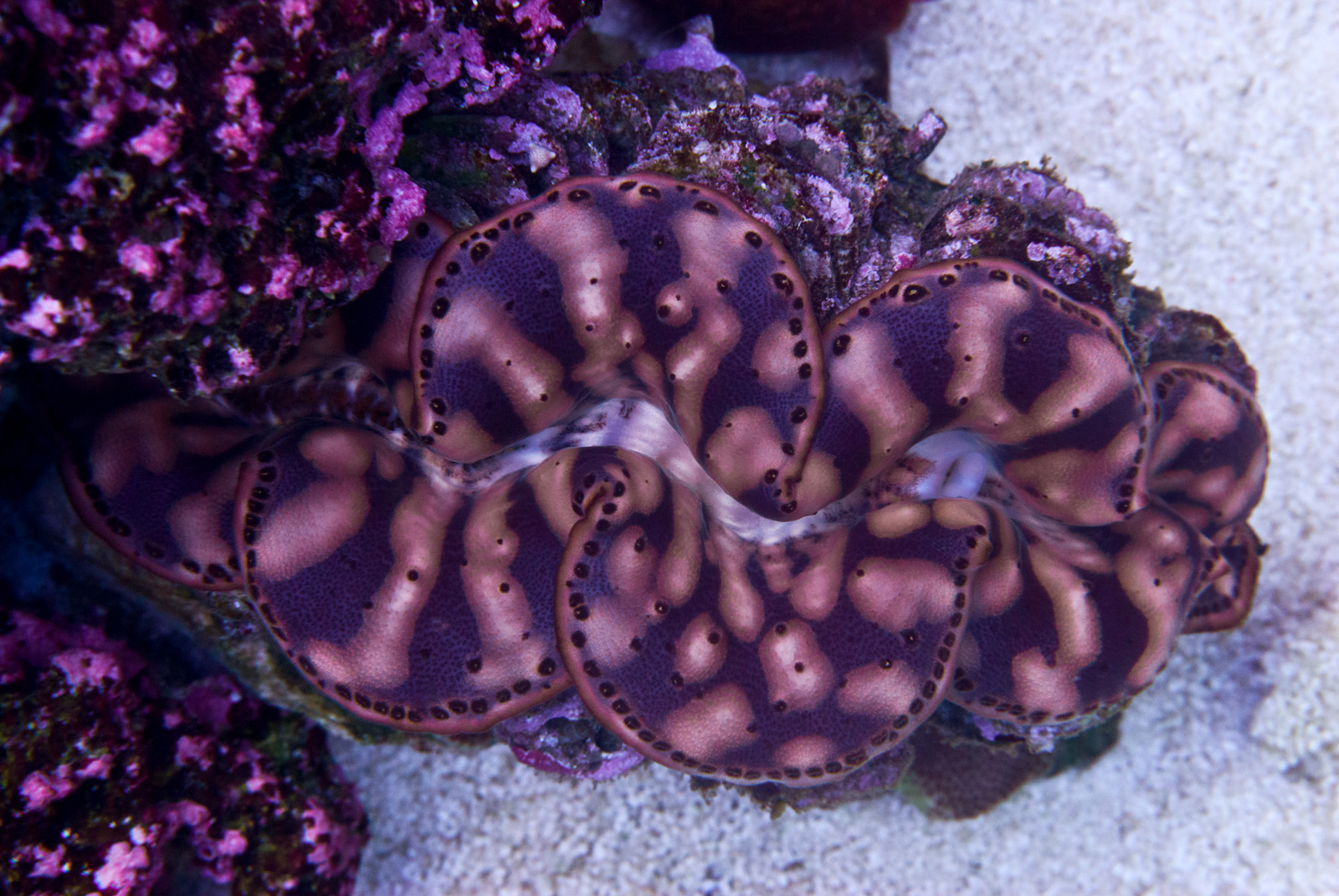
- Red Marble Starfish
- Tridacna Crocea
- 3 x Dolabella
- 4 x Cleaner Shrimp
- 30 x Turbo Snail
- 80 x Conch
- 2 x Sally Lightfoot Crab
- 6 x Blue Legged Hermit Crab
- Red-Green Mushroom Anemone
- Blue-Purple Mushroom Anemone
- Purple Tube Anemone
SPS Corals
- Green Montipora sp.
- Red Montipora plating coral
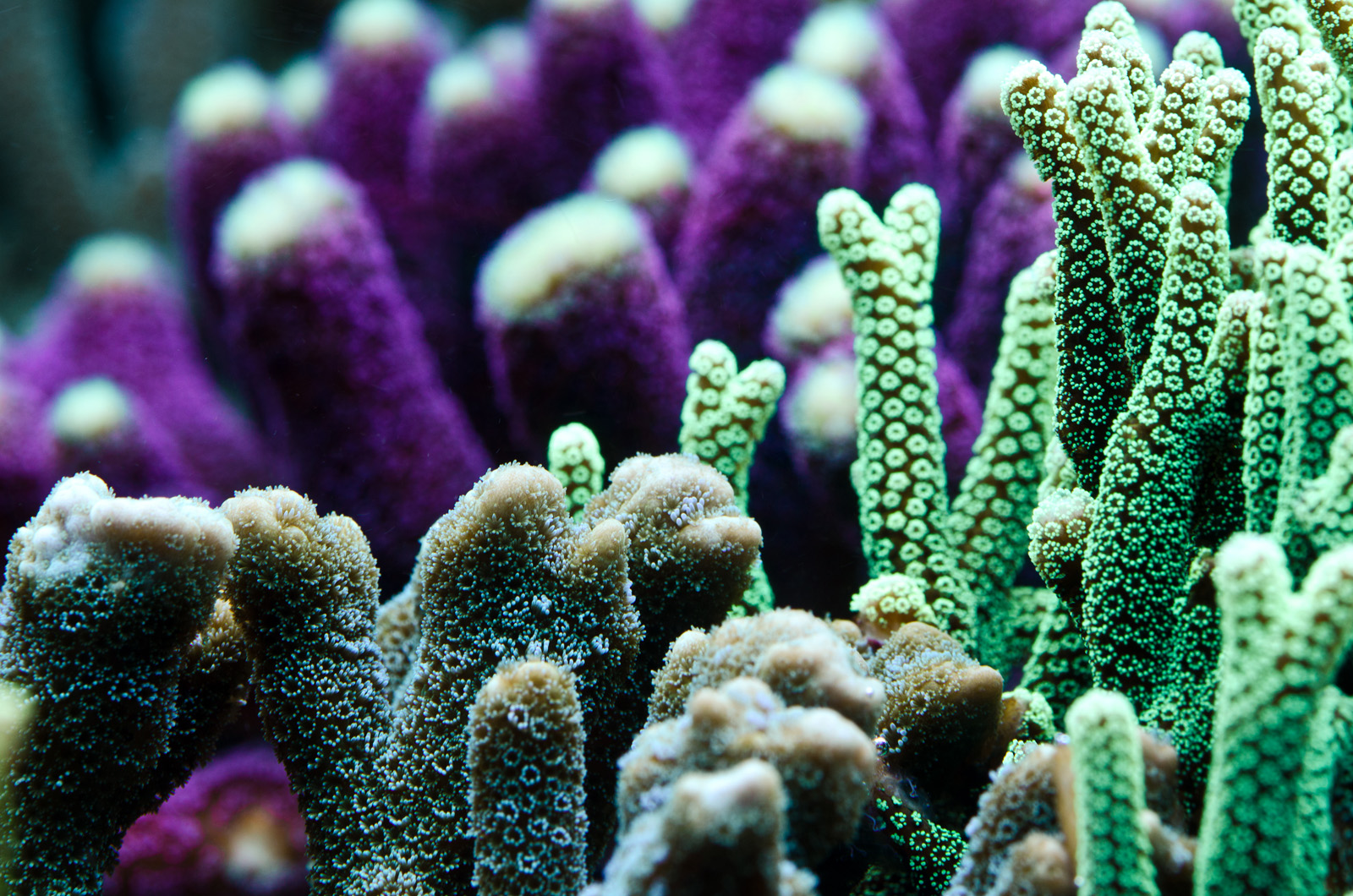
- Green Montipora plating coral
- Purple Montipora plating coral
- Velvet green Psammacora contigua
- Blue Montipora digitata
- Brown-Purple Montipora digitata
- Lilac Montipora digitata
- Orange Montipora digitata
- Dark green Montipora digitata
- Green Montipora digitata
- Montipora undata
- Orange Superman Montipora
- Green Montipora danae
- Blue Montipora danae
- Green-blue Acropora sp.
- Turquoise Acropora sp.
- Blue-purple Acropora sp.
- Green Acropora sp.
- Green Acropora staghorn
- Dark Green Acropora staghorn
- Blue Acropora staghorn
- Red Acropora millepora
- Pink Acropora millepora
- Pink Seriatopora hystrix
- Yellow-green Seriatopora hystrix
- Seriatopora guttatus
- Purple Stylophora pistillata
LPS and Soft Corals
- Pink Scolymia sp.

- Red Scolymia sp.
- Red Blastomussa sp.
- Red Australomussa sp.
- Red Cynarina lacrymalis
- Green-purple-red Brain Coral
- Green Star Polyps
- Orange Fungia coral
- Pink Goniopora sp.
- Green Goniopora sp.
- Purple-pink Chalice
- Green Candy Coral
- Dark green Candy Coral
- Yellow Leather Coral
- Green Leather Coral
- Yellow Ricordea florida
- Blue Ricordea florida
- Orange Ricordea florida
- Pink Ricordea florida
- Green Ricordea florida
- Pink Ricordea yuma
- Green Lavender Mushroom
- Purple Lavender Mushroom
- Blue Mushroom
- Red Mushroom
- Green Oval Elephant Ear Mushroom
- Pink Zoanthus
- Orange-black Zoanthus
- Green Zoanthus
- Yellow-green Zoanthus
- Yellow-red-green Zoanthus
Video Gallery
Photo Gallery
Thanks
All of these efforts are for our valuable little guests which come to our homes from their precious little corners of the ocean. If we care for them well, they produce the most vivid colors and all their beauty repays our efforts many times over.
Thanks to everyone who did not spare their knowledge and experience with me. Thank you for those who share my excitement.
I wish all aquariums success. I wish all life good health.
Eren Yelkenci


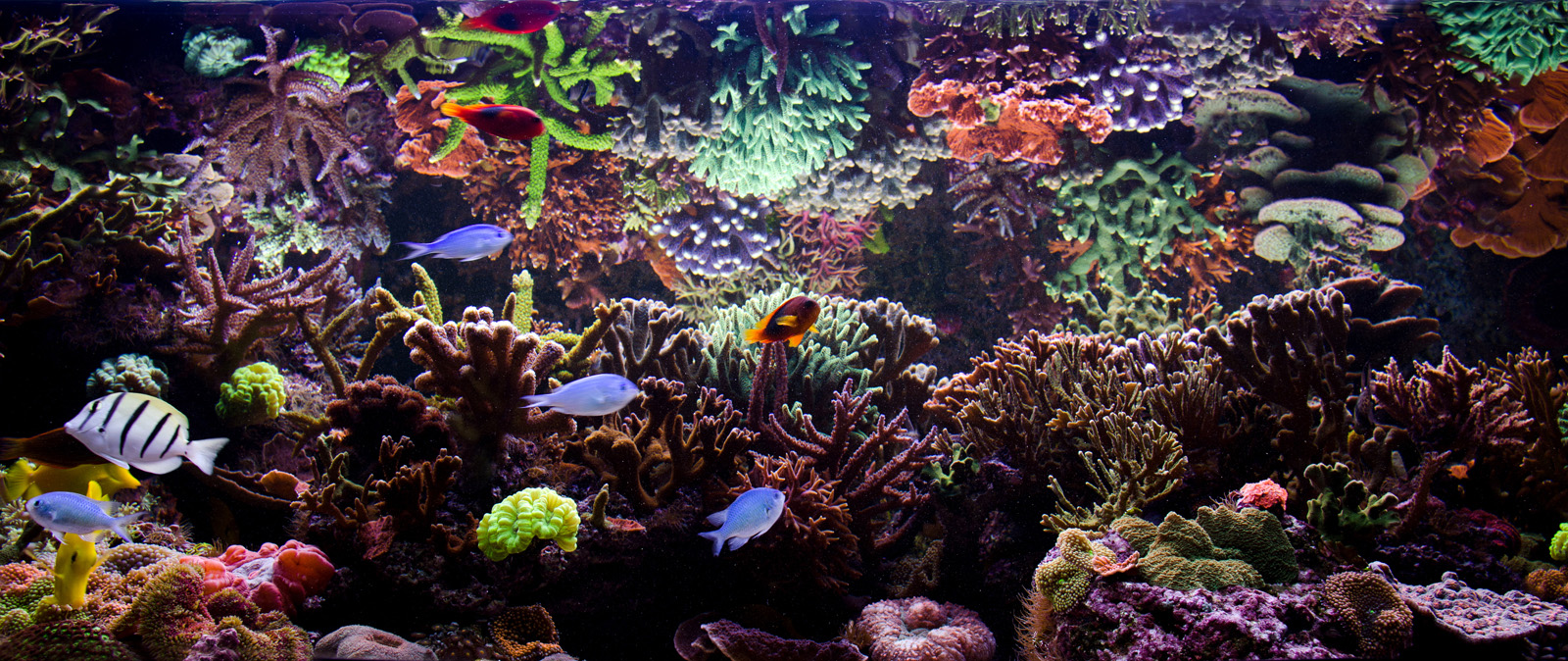
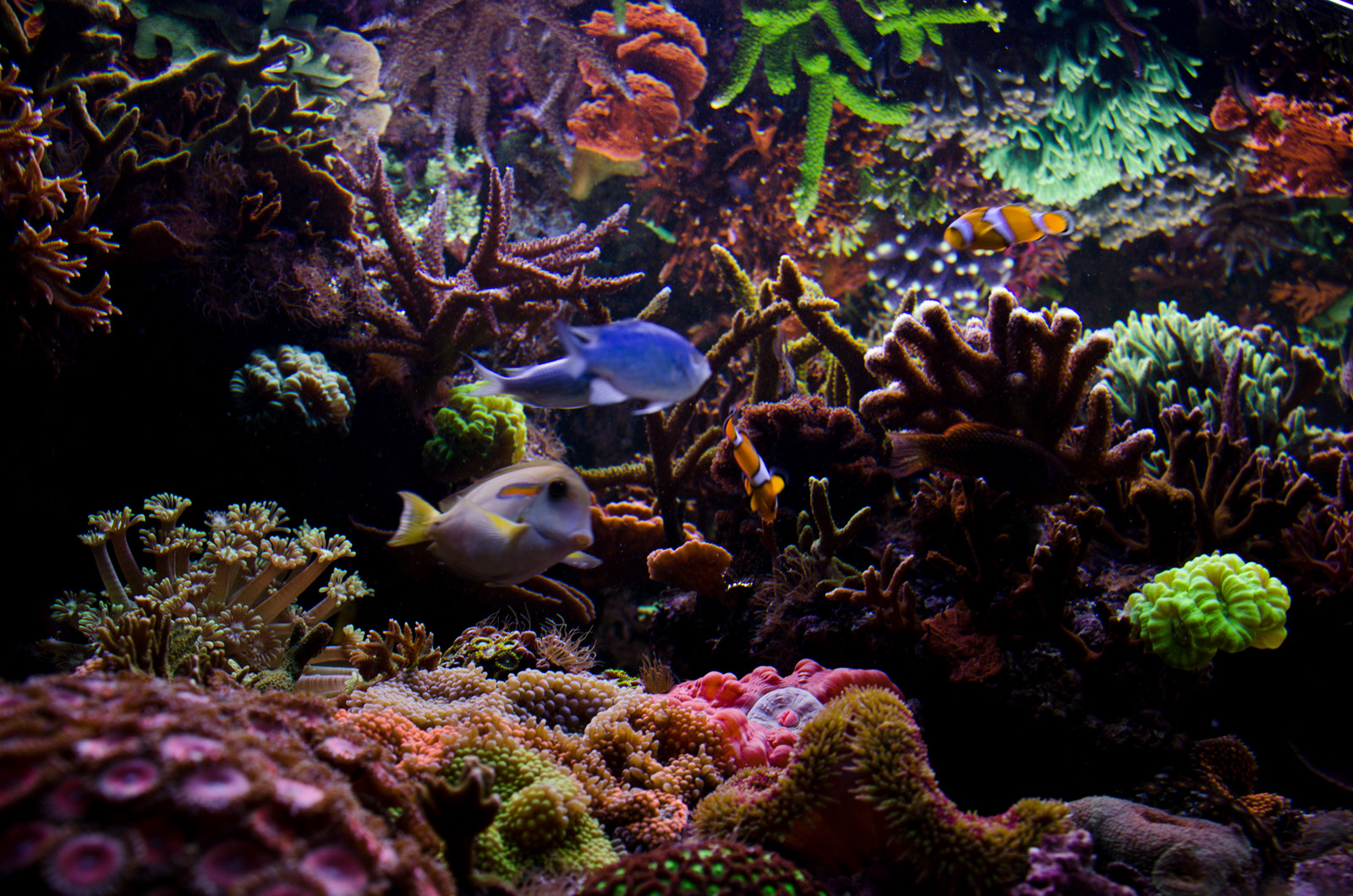
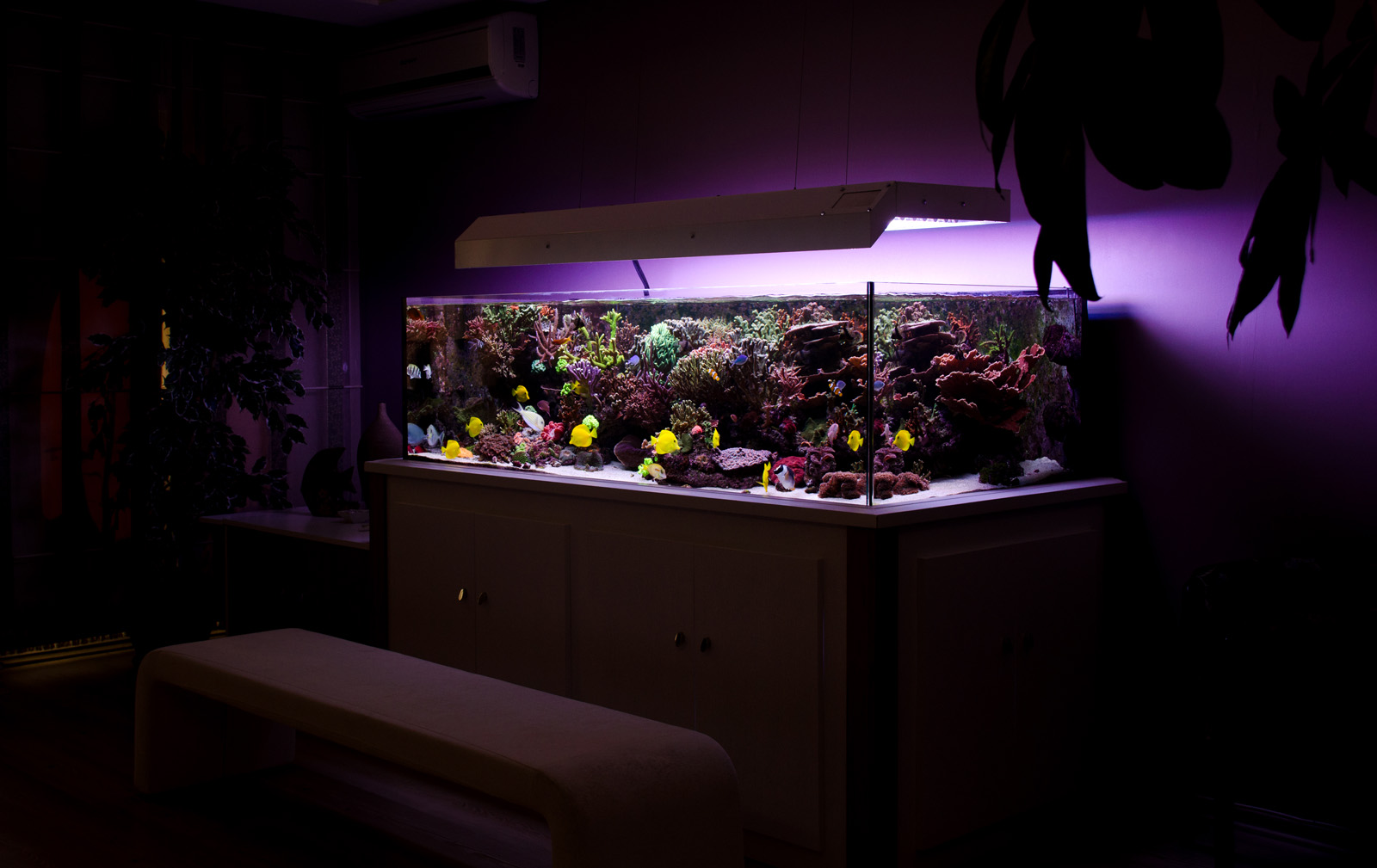
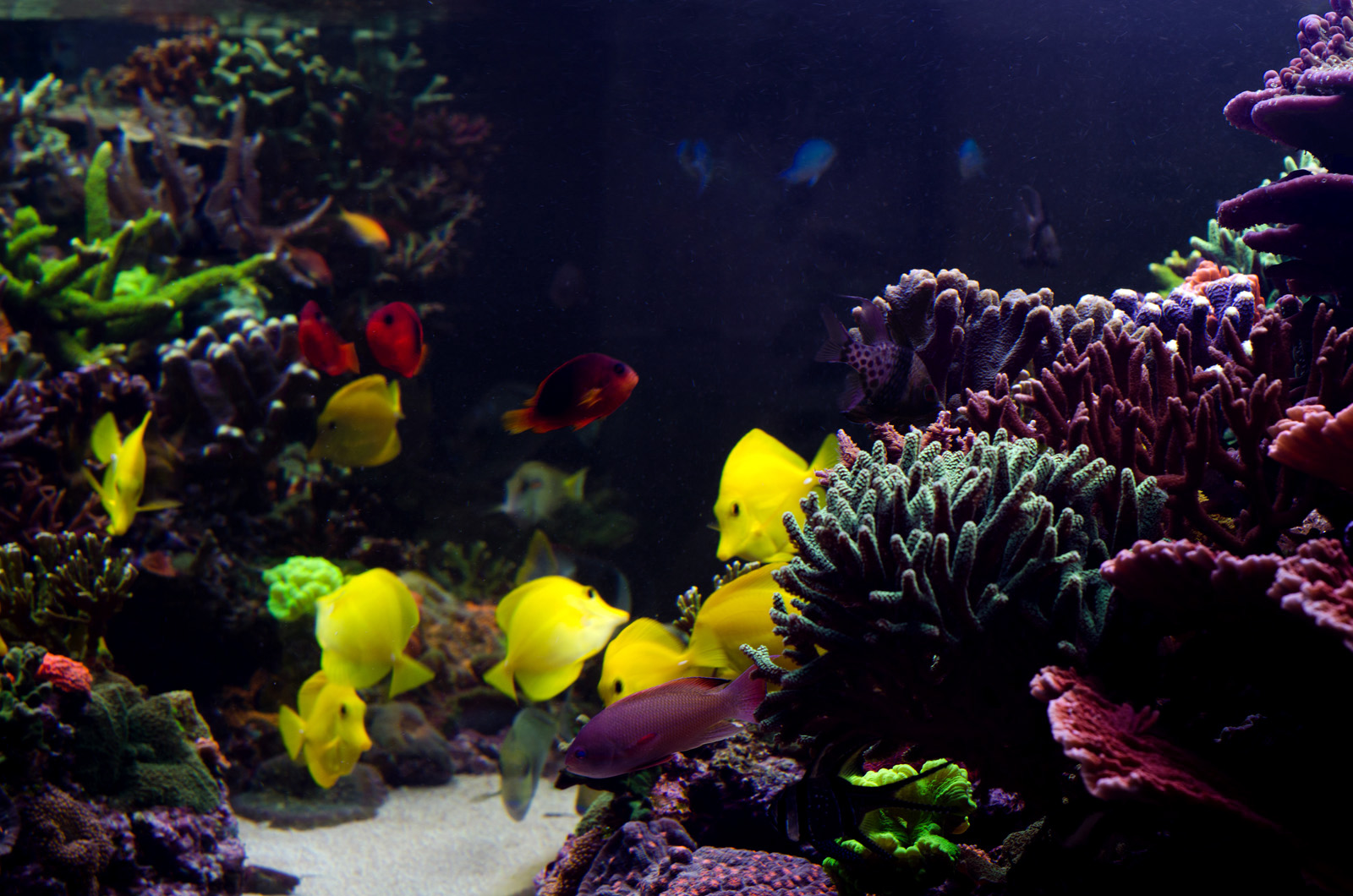
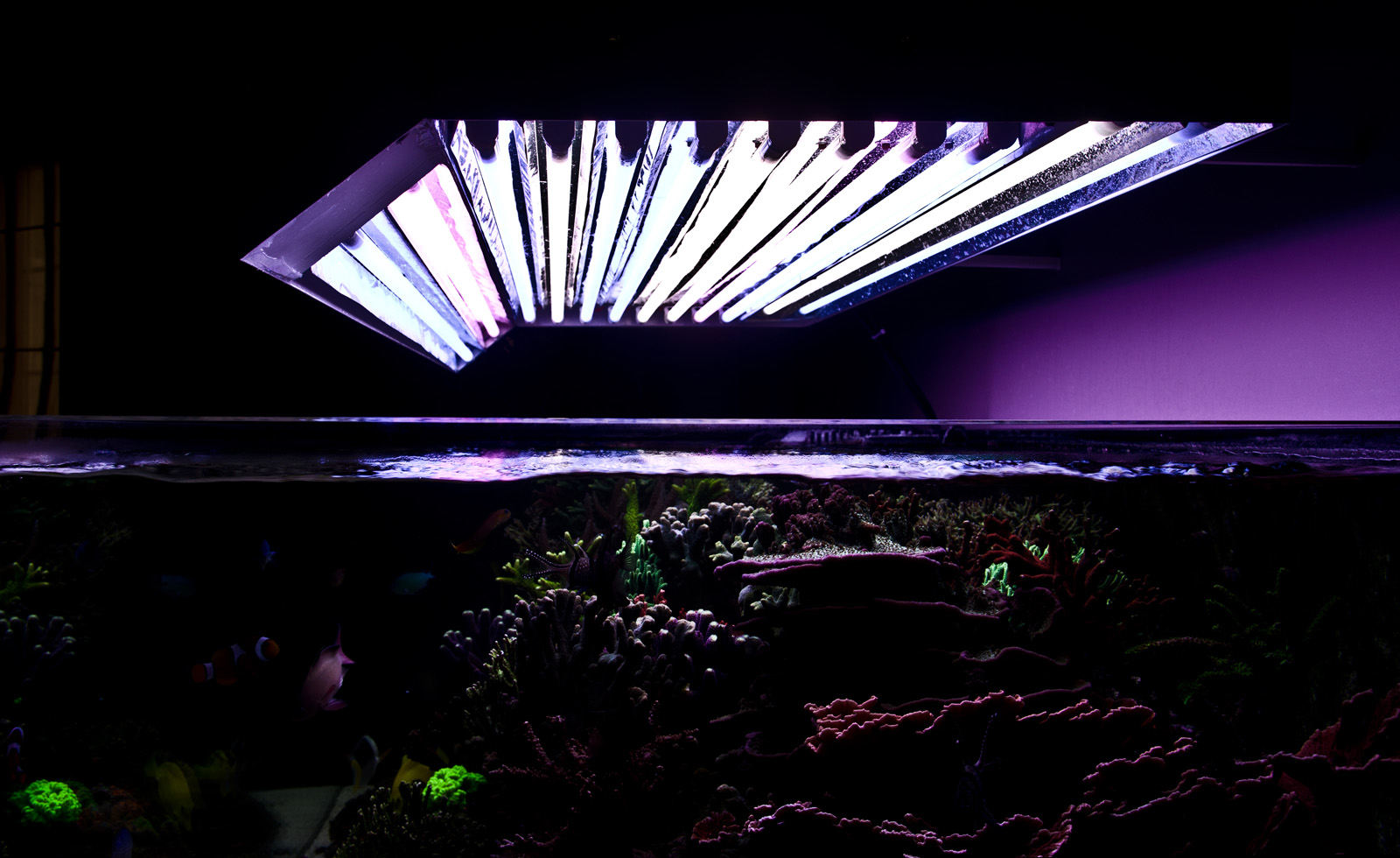






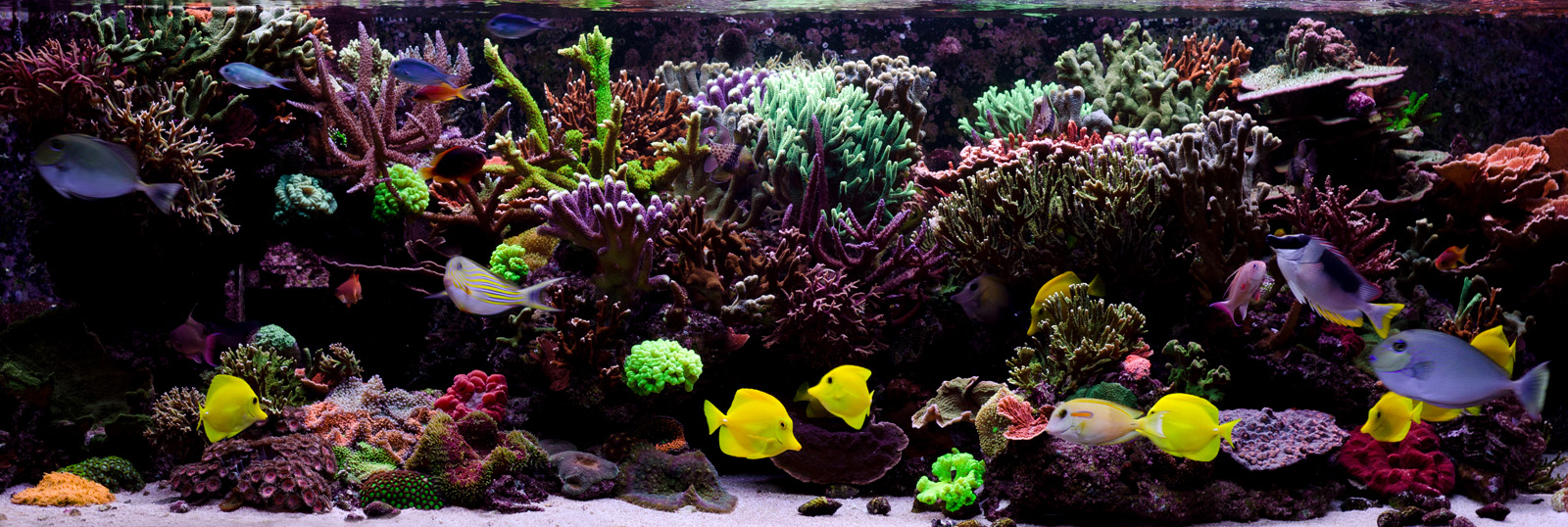

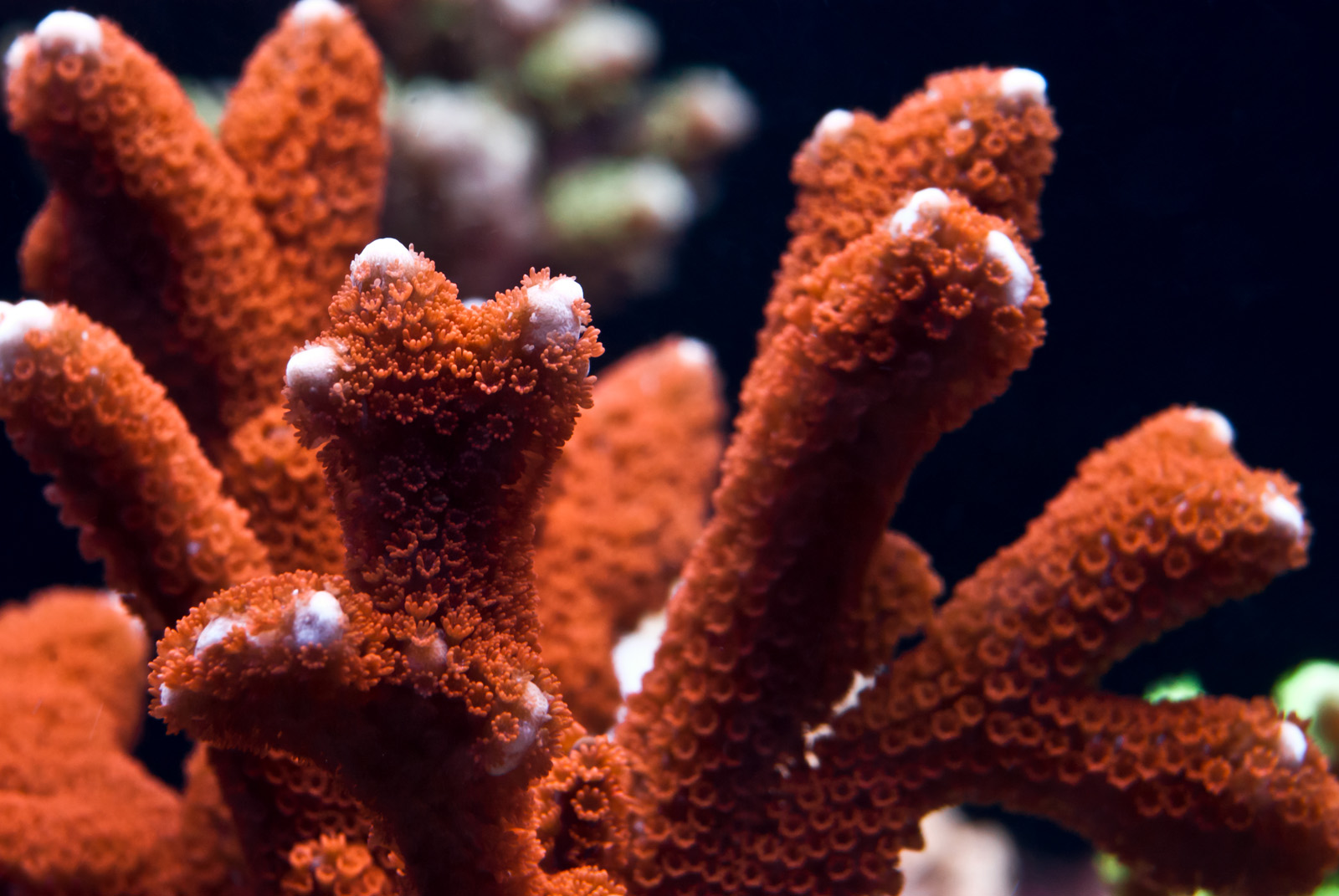
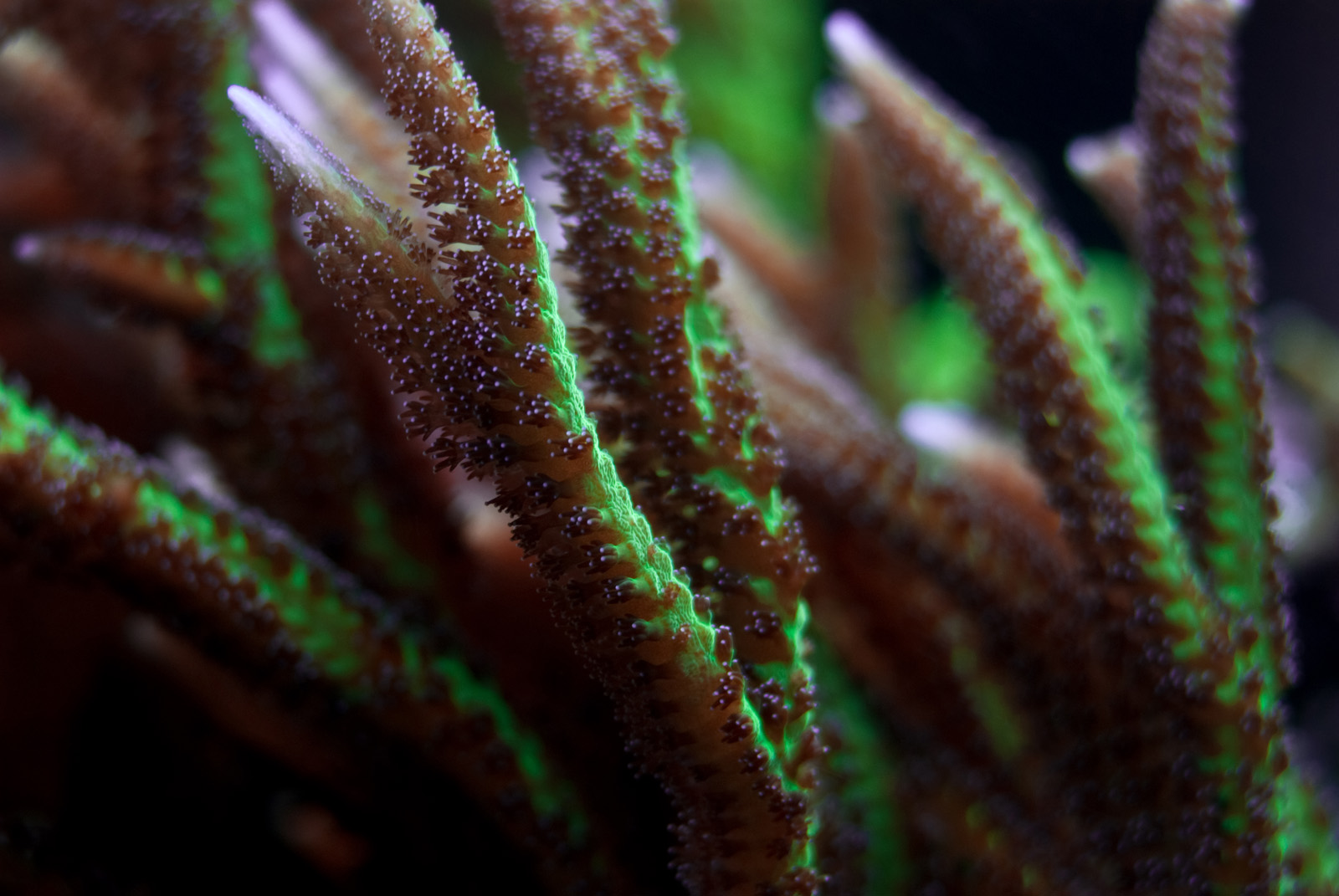

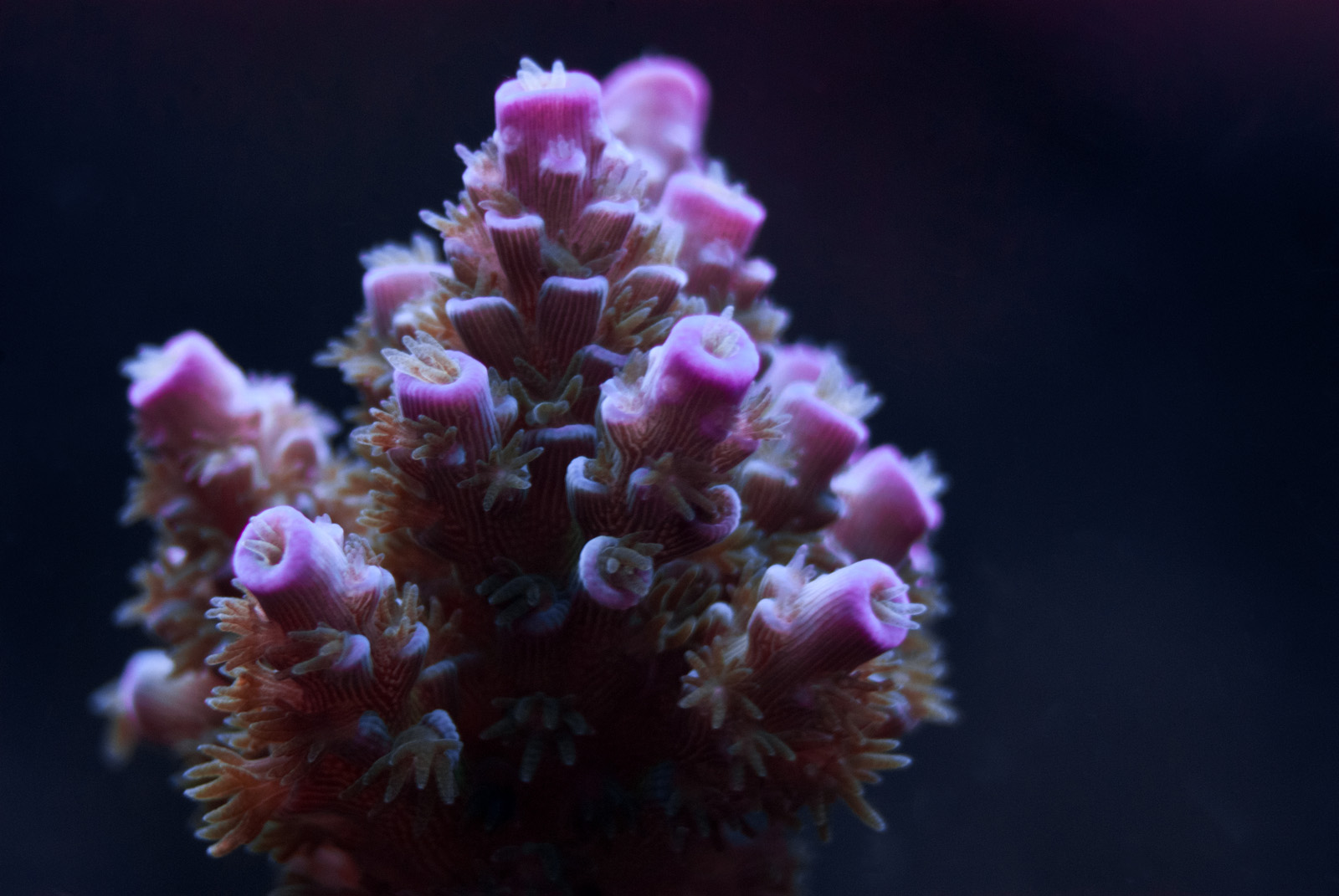

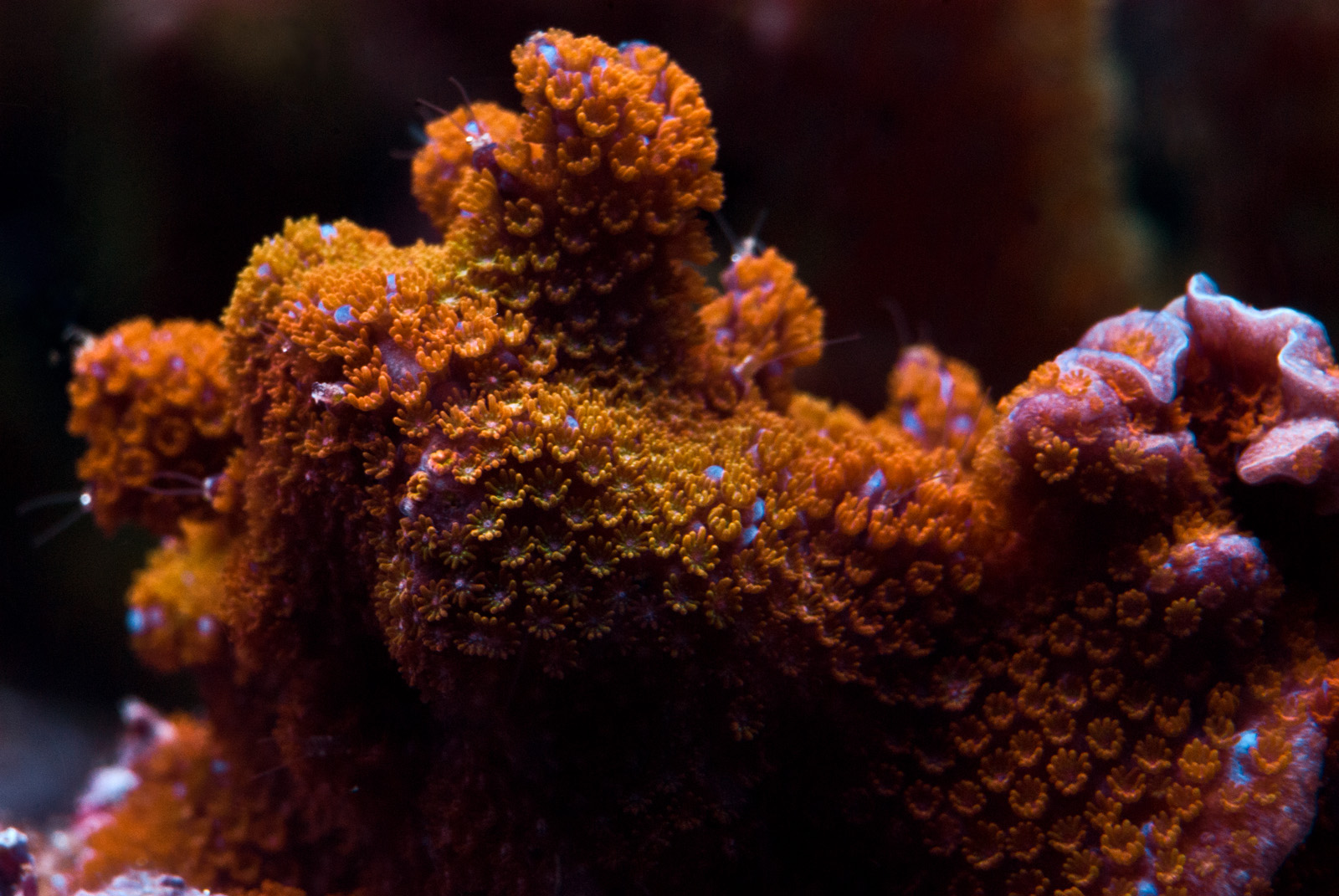
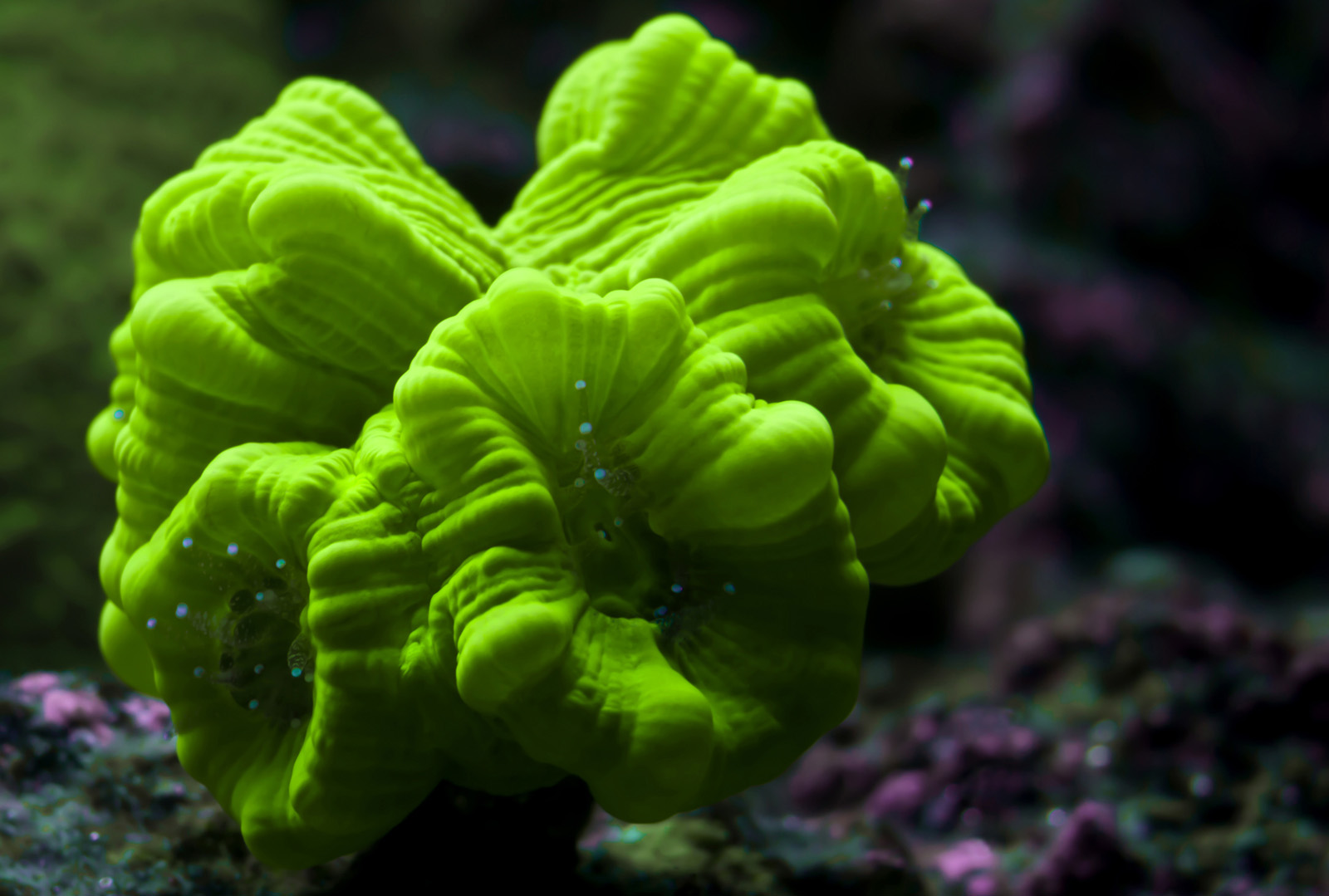
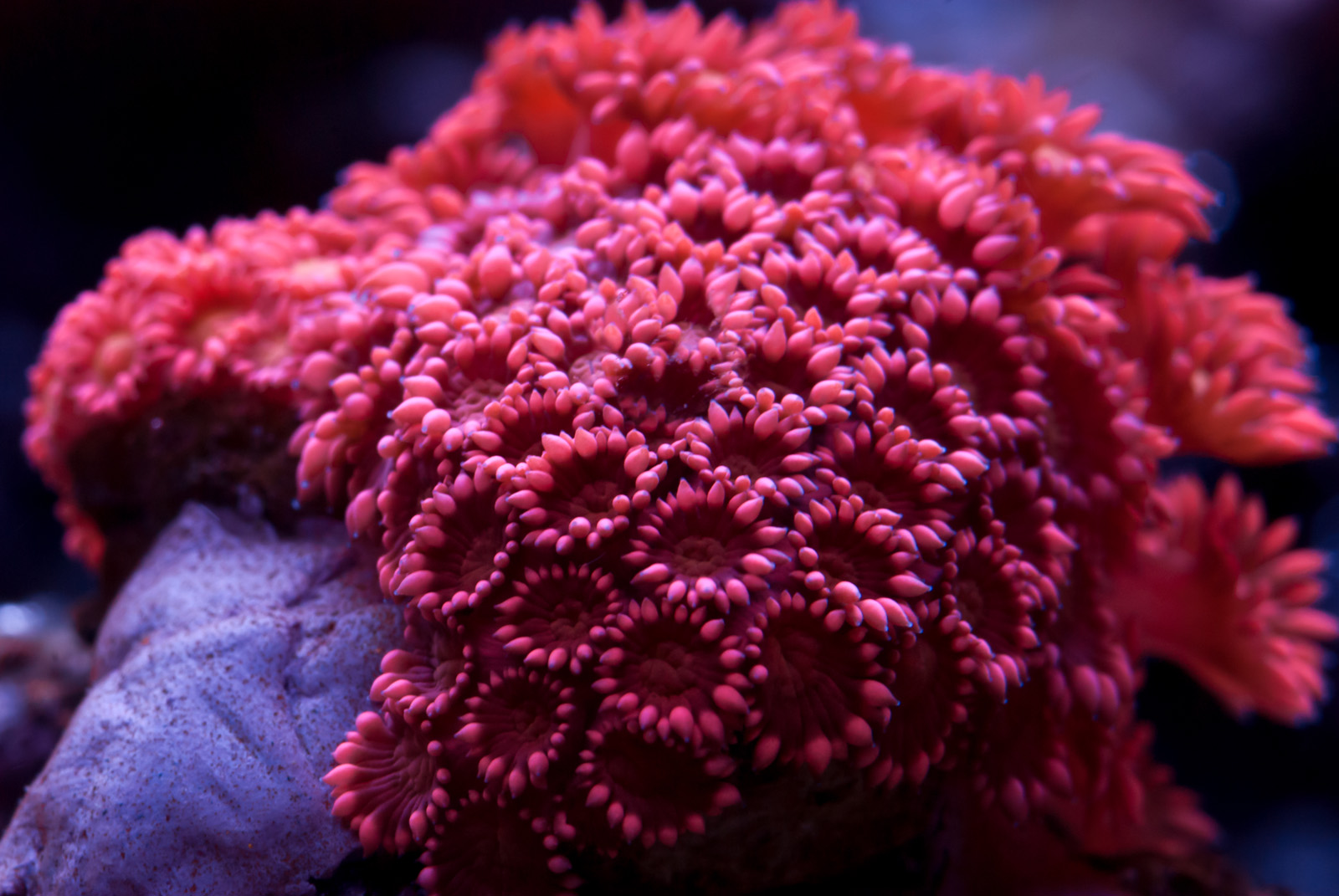


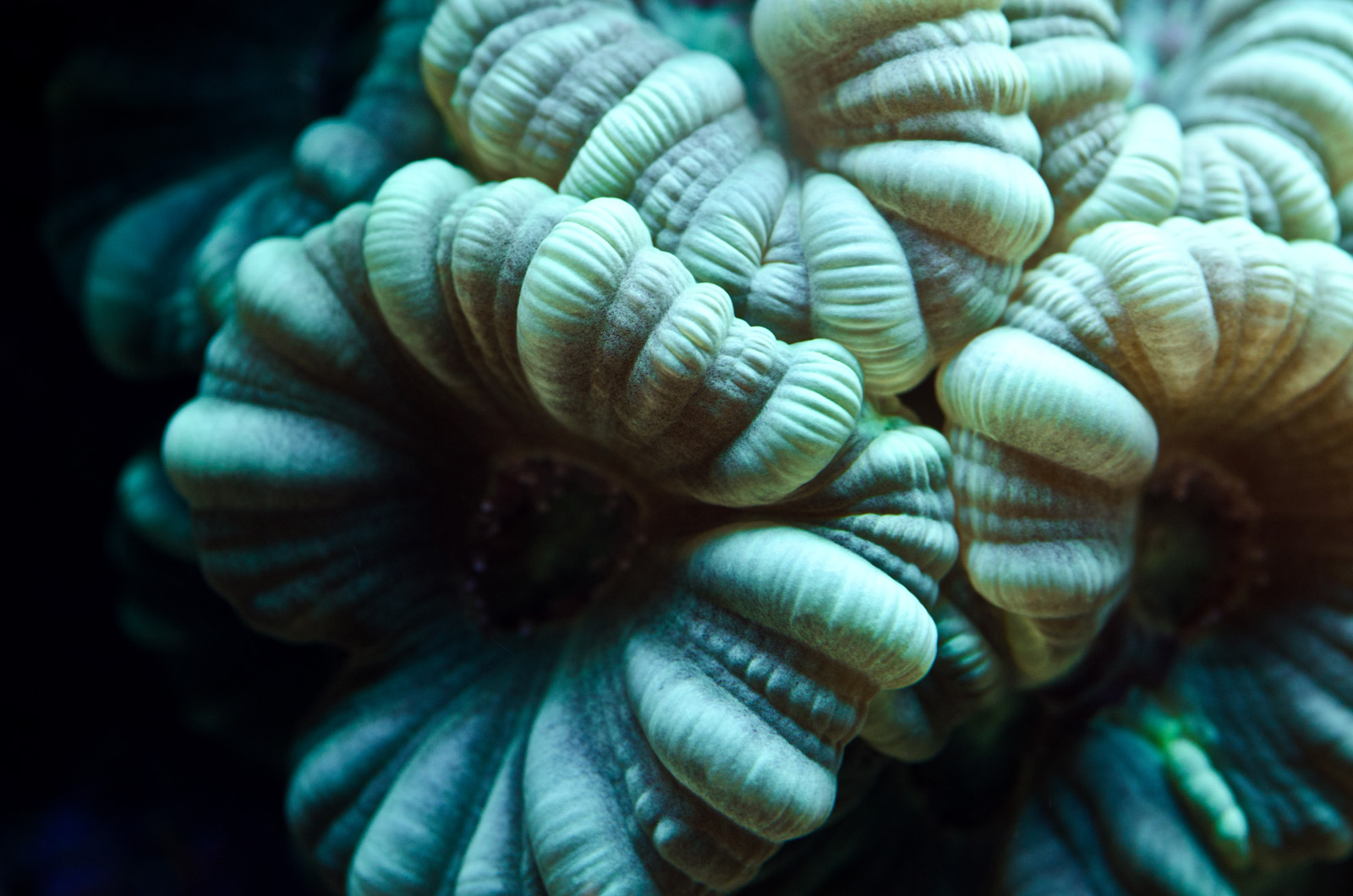

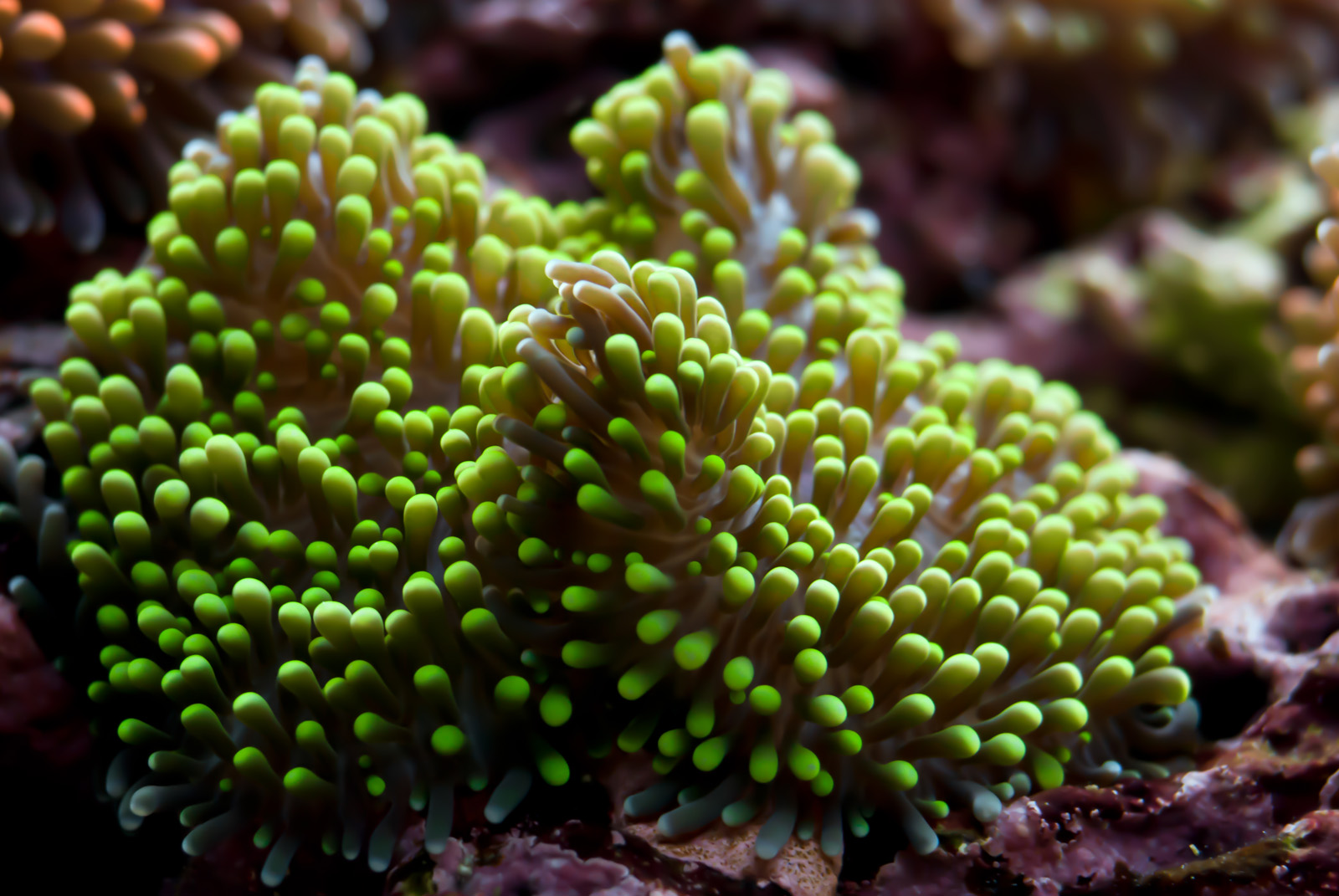
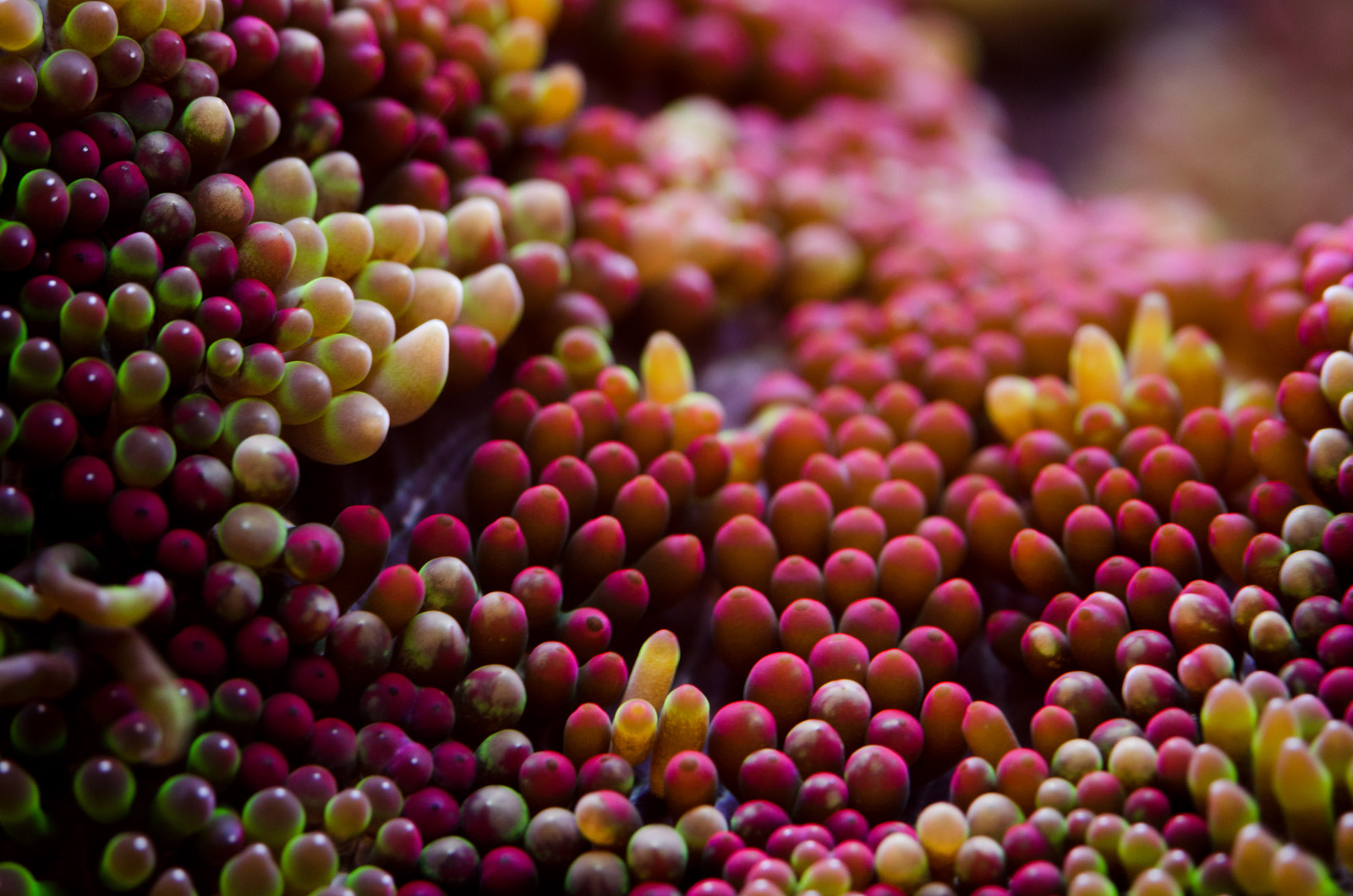
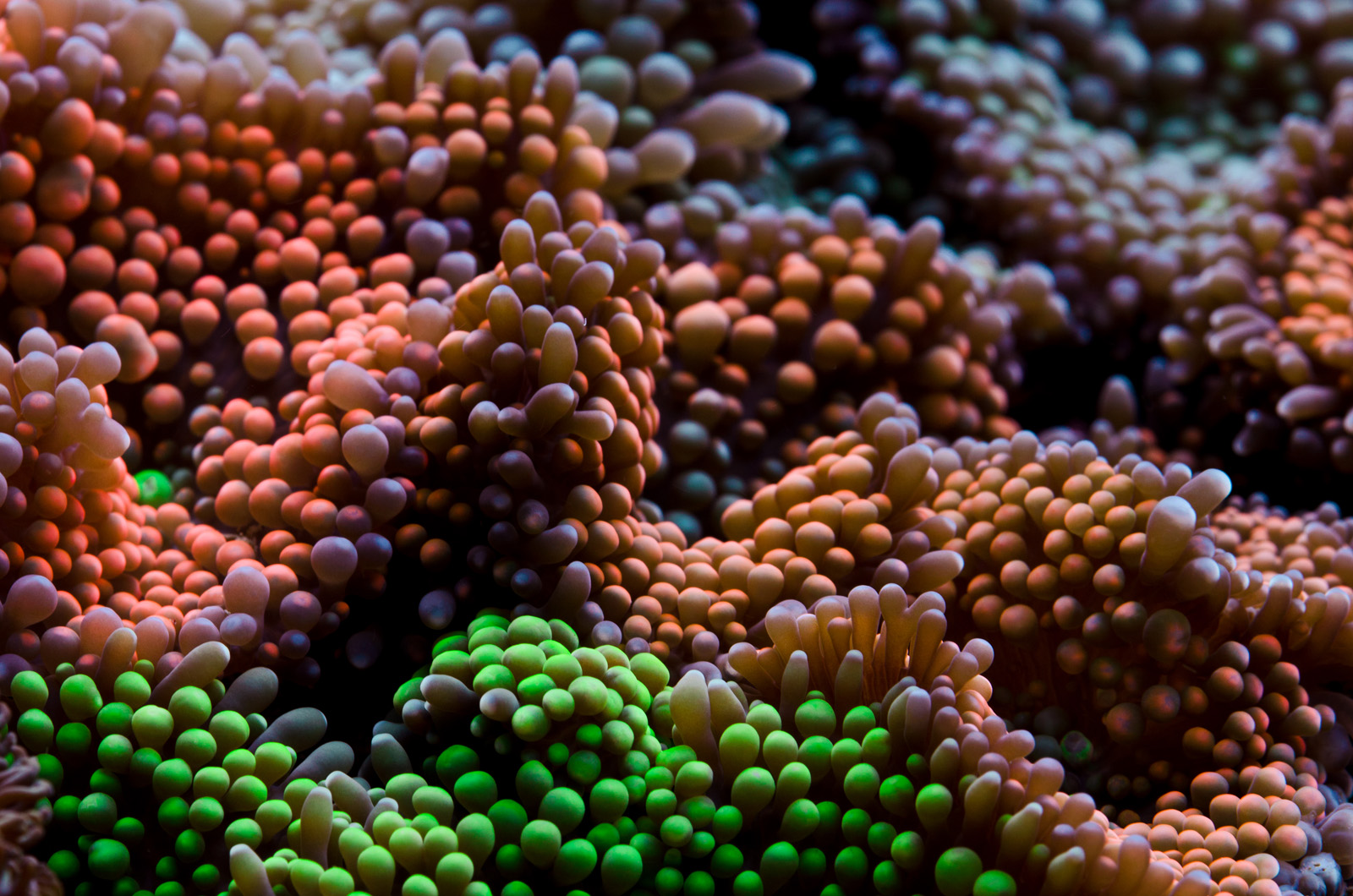


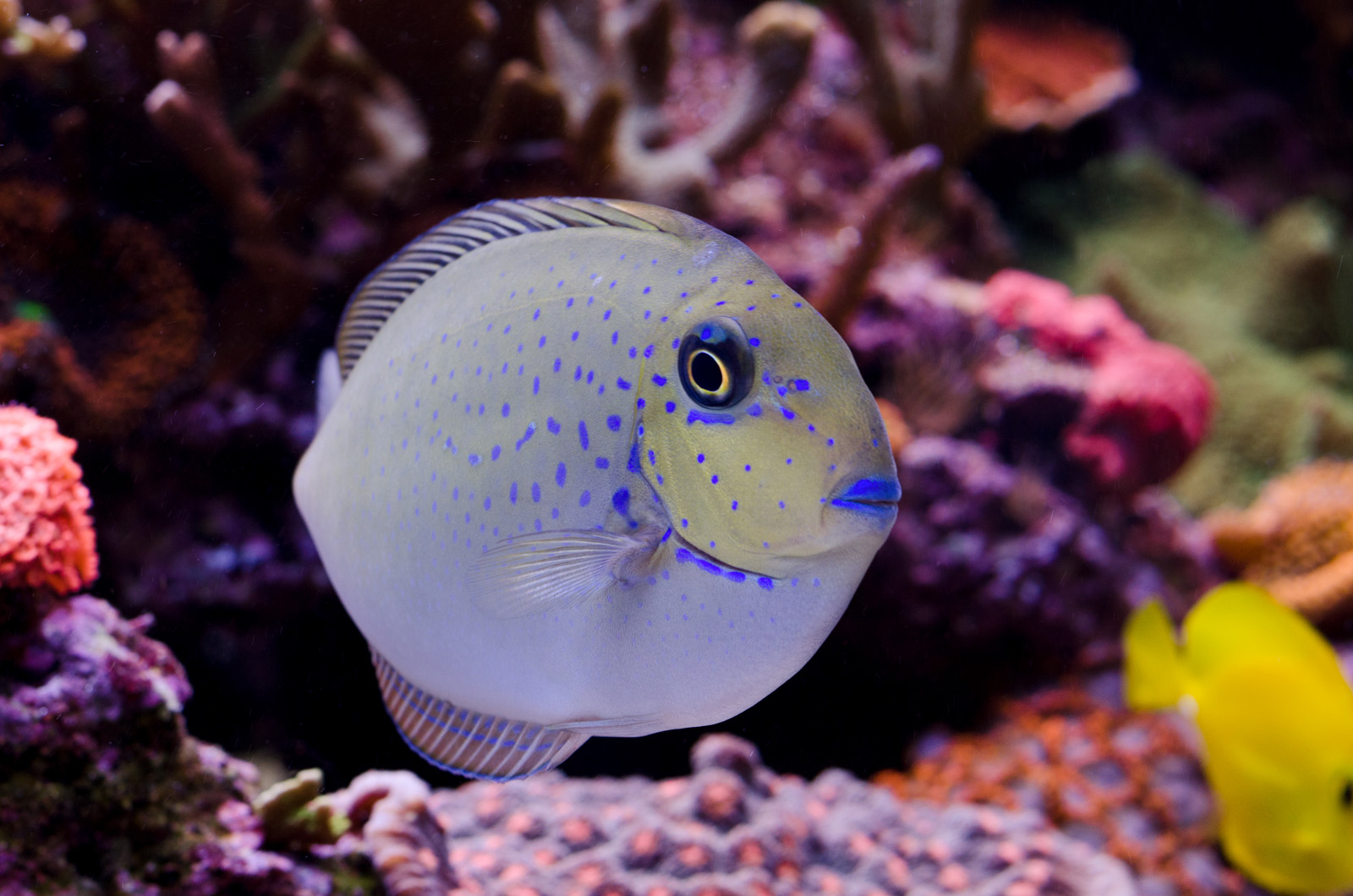
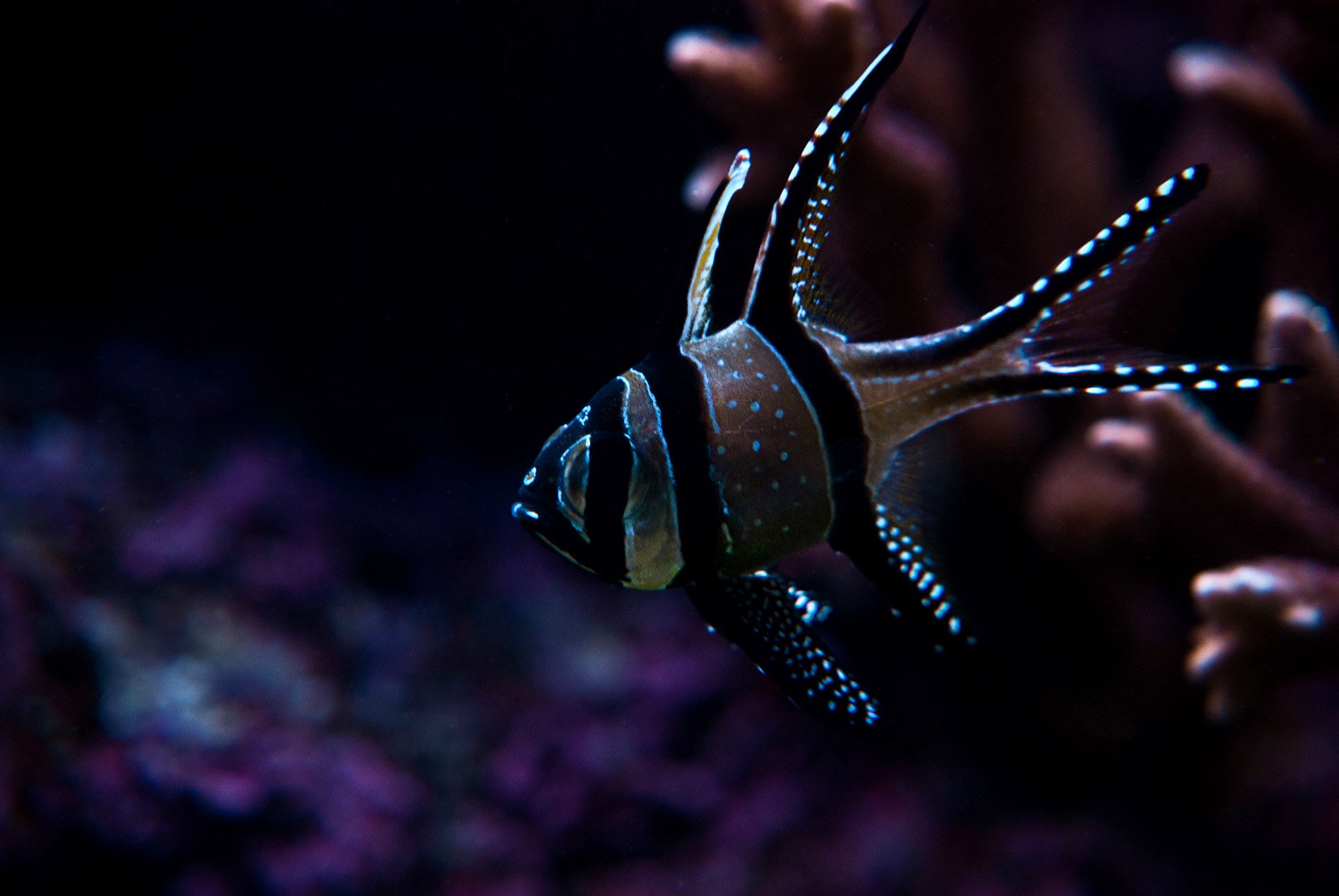

0 Comments